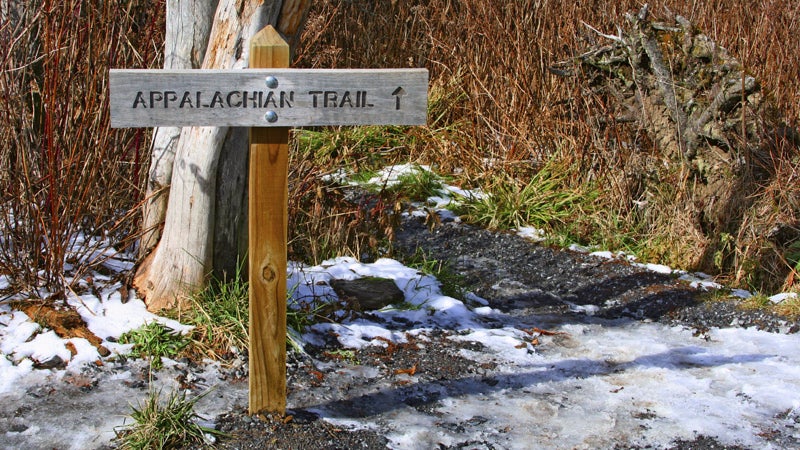Hiking even a short section of the Appalachian Trail can seem a daunting prospect. After all, the AT is a 2,184-mile footpath is comprised of flat sections, scrambles, steep inclines, challenging descents and more. You might wonder whether you have the strength or stamina to even venture a hike.
“Having that good first experience will rely on good planning,” ��says Todd Remaley, Chief Ranger with the Appalachian Trail.��To that end, he gives us some good advice.
Assess Your Fitness
Remaley says would-be backpackers need to honestly assess their own fitness level. To prepare for hiking, he recommends biking and walking each week. You could also practice for a longer multi-day hike by going on a shorter one. The ranger also adds that your fitness assessment should extend to your actual hike as well: “Even when you’re on the trail, if you’re about to fall over [from fatigue], you’re better off setting up camp early and getting your dinner.”
Utilize the Volunteer Hiking Clubs��
There are 31 , which are responsible for stewarding different parts of the AT. Remaley recommends contacting one of the clubs and inquiring about their volunteer-guided hikes. Each year, these clubs run numerous hikes that range from strenuous 14-mile treks to gentle walks, teaching new backpackers how to safely hike whether during a day or on an overnight trip. “You want to look for that mentor,” Remaley says. “That’s really the way to go. They can give you real answers to your on-the-ground questions.”
Consider a Loop
“Don’t rule out enjoying the surrounding grounds,” says Remaley. Especially if it’s your first time on a significant backpacking trip, Remaley encourages hikers to consider a loop. Because the AT is linear, you’ll have some logistics to work out, such as where to park your car on one end and who will pick you up on the other end. This can be problematic if trouble arises because you may be miles from your car and without cell phone reception. Hiking a loop would allow you to experience part of the AT, while also utilizing some supporting side trails, which would bring you back to where you started (and to your vehicle). Ideally, these loops would give you some safety margin, passing by some camping sites and state park facilities. “They give you a lot of options for bailing out,” says Remaley.��


